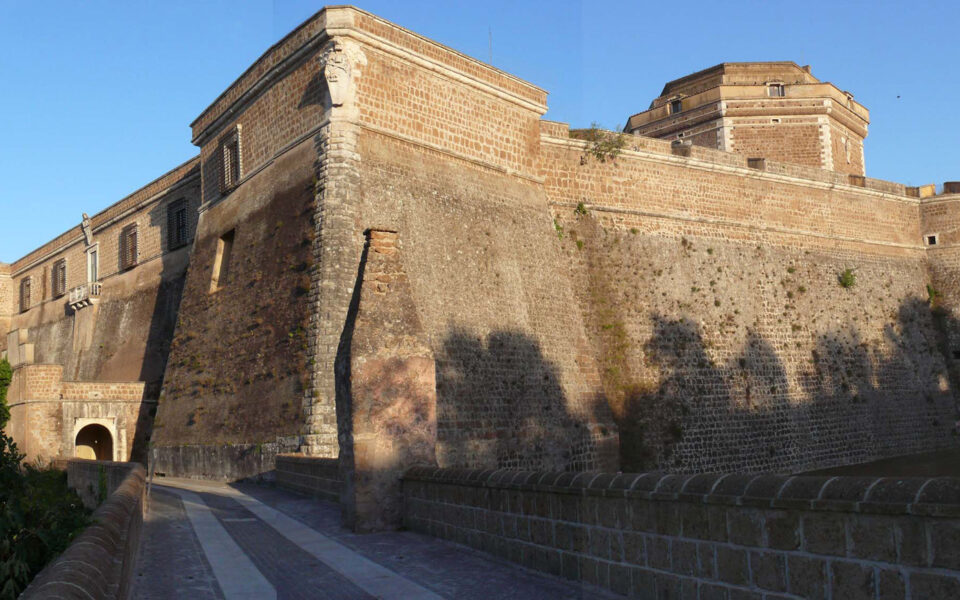
A ITINERARY BETWEEN HISTORY AND NATURE
The route starts from the "Forte Sangallo", whose construction began at the end of the fifteenth century on a previous Rocca, by the will of Pope Alexander VI and designed by Antonio Sangallo il Vecchio and Perino da Caravaggio; the work was completed during the pontificate of Julius II, with the intervention of Antonio da Sangallo the Younger. The structure retains the characteristics of the fortifications, but also presents the conformation of the Renaissance palace, with papal apartments and charming courtyard of honor to the old: in the center, an octagonal well and in the vaults of the porch that surrounds the courtyard, interesting frescoes referable to Borgia.
More details
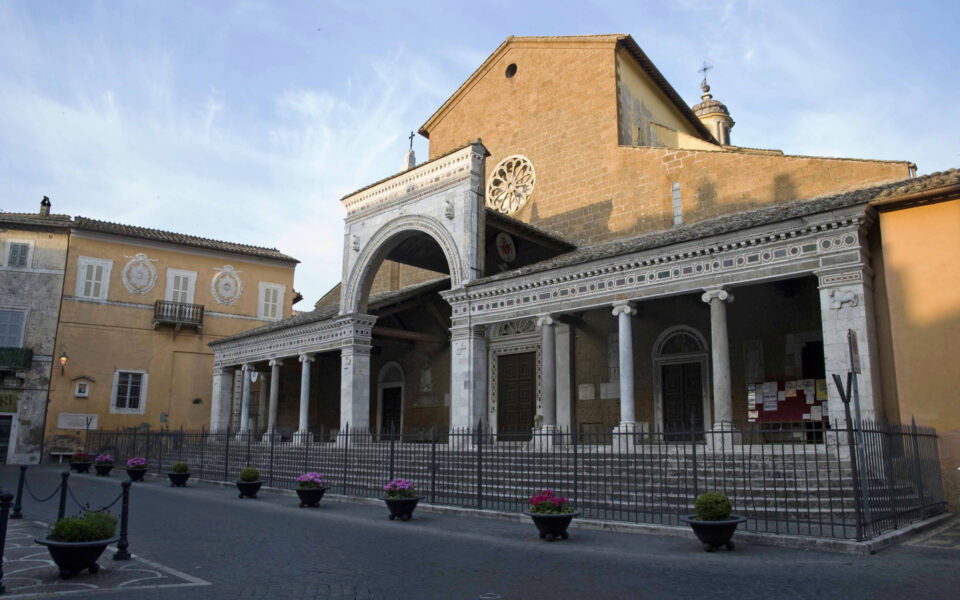
Cattedrale di S. Maria Maggiore
Near the Fort, stands the "Cathedral of Santa Maria Maggiore", also known as the Duomo. It was built in Romanesque style in the late twelfth century on the remains of an ancient church from one of the most important families of Roman marble workers, the "Cosmati". Renewed between 1736 and 1740, only some parts are visible from the original era.
More details
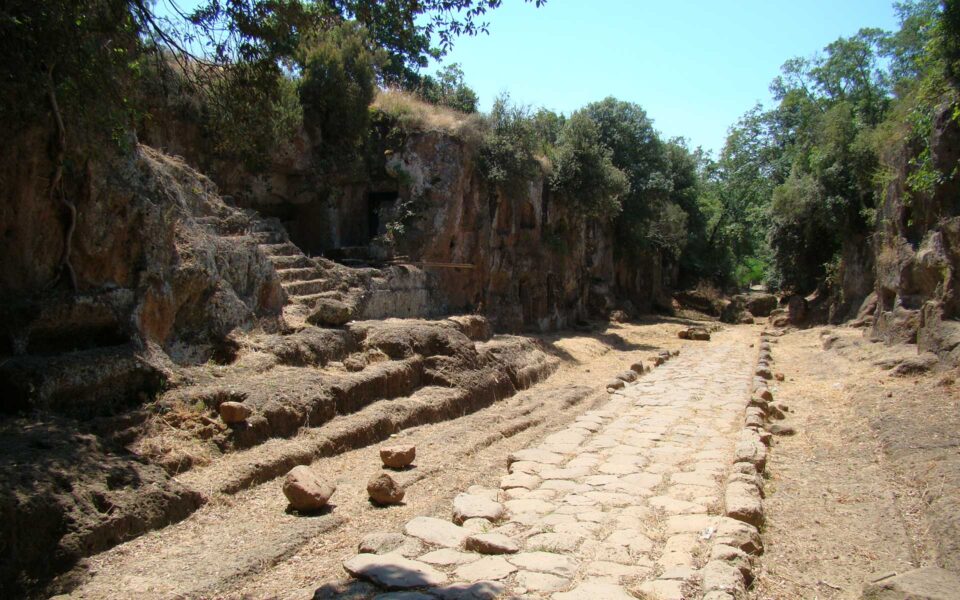
Percorri "La Via Amerina!"
The "Via Amerina" was a Roman road that, crossing the Faliscan territory, separated from the Cassia in the Baccano valley and, through the ancient ager faliscus, communicated Rome with Umbria, taking its name from the city of Amelia (Ameria) . By preserving the profound echo of the Middle Ages and of the Christian tradition, Via Amerina has succeeded in absorbing the historical and artistic memories of the areas concerned, offering the reference point for the identification of a precise cultural and environmental itinerary.
More details
... a few kilometers from Civita Castellana
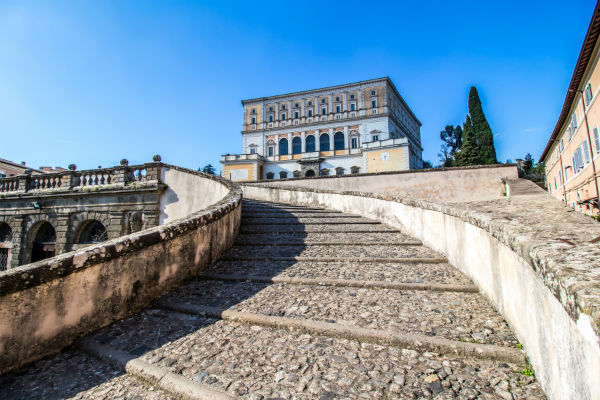
Palazzo Farnese
An imposing architecture that stands majestically, recounting centuries of splendor and power. This Renaissance jewel enchants visitors with its elegance and grandeur. Its imposing walls enclose artistic and architectural treasures, from the magnificent frescoed rooms to the intricate Italian gardens. Walking through the rooms of Palazzo Farnese is like taking a journey through time, immersing yourself in the life and passions of the Farnese, one of the most influential noble families of Renaissance Italy. But it is not just a question of historical magnificence: Palazzo Farnese is an experience for the senses, a place where art, architecture and nature blend harmoniously to offer unique emotions.
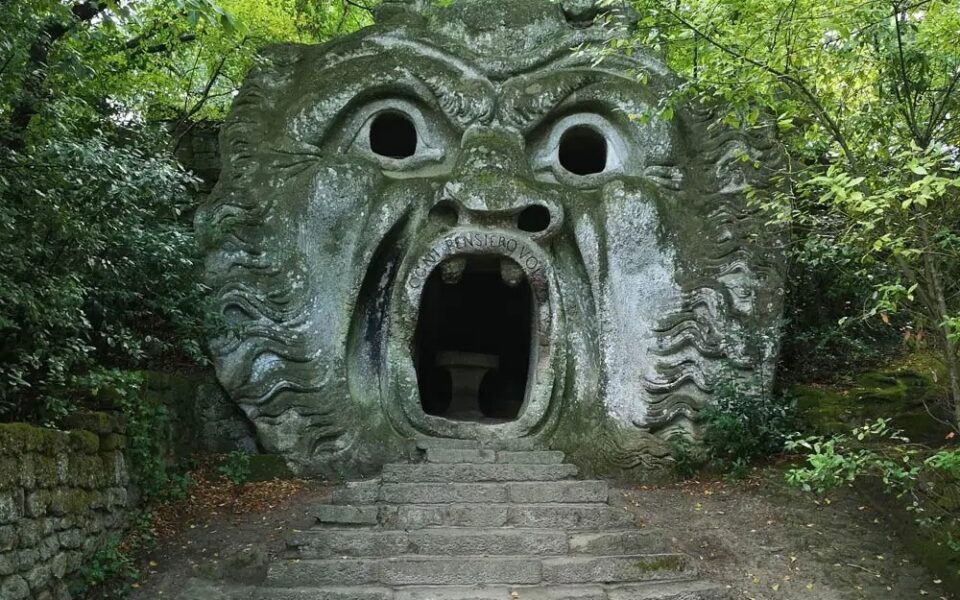
PARCO DEI MOSTRI DI BOMARZO
A magical place where fantasy comes to life among the rocks and centuries-old trees. Imagine walking among mythological creatures, stone giants and enigmatic figures, immersing yourself in a surreal world that defies all logic. This is what awaits you in Parco dei Mostri, an outdoor work of art created in the 16th century by Pier Francesco Orsini, known as Vicino Orsini. Every corner of this enchanted park hides a surprise: from a giant turtle to a whale with its mouth wide open, from an elephant fighting with a dragon to a woman who transforms into a tree. The stone sculptures seem to come to life under the amazed gaze of visitors, transporting them into a universe of mystery and wonder. The Monster Park is much more than a simple tourist attraction: it is a journey into the human imagination, a place where reality and dreams merge into an unforgettable experience.
Comments are closed.